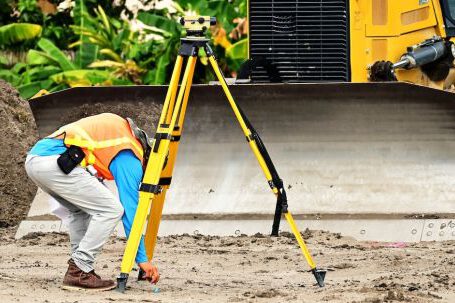The global lift technology market is in a state of constant evolution, with new technologies and solutions being developed every day. With the growing demand for efficient, safe, and comfortable lift systems, manufacturers are continuously striving to create solutions that meet these requirements. This article will look at some of the key factors driving the evolution of lift technologies.
Rising Demand for Smart Lift Solutions
The demand for advanced lift solutions is increasing, as more and more people look for ways to improve the safety and convenience of their lifts. Smart lift solutions are becoming increasingly popular, with features such as automatic doors, voice commands, and keyless entry making them more attractive to consumers. Smart lift solutions also provide improved energy efficiency, as well as enhanced security features such as biometric identification and access control. As the demand for these solutions continues to grow, manufacturers are developing more sophisticated technologies to meet this demand.
Increasing Focus on Safety and Comfort
Safety and comfort are two of the most important factors when it comes to lift technology. Manufacturers are developing solutions that provide improved safety features, such as automatic door closing, anti-slip floors, and emergency stop buttons. In addition, they are also creating solutions that maximize comfort, such as temperature-controlled cabins, low noise levels, and vibration damping systems. These solutions are helping to make lifts more user-friendly and comfortable to use, increasing their popularity among consumers.
Growing Emphasis on Connectivity
The integration of lift systems with the internet of things (IoT) has enabled manufacturers to create more sophisticated solutions that can be connected to other systems and devices. This allows users to control their lifts remotely and access real-time information about their lifts. In addition, this connectivity also allows manufacturers to provide improved customer support, as they can monitor and troubleshoot lift systems remotely. This increased connectivity is helping to drive the development of more advanced lift solutions.
Advancements in Automation and Robotics
Another factor driving the evolution of lift technologies is the increased use of automation and robotics. Automation and robotics are being used to create more efficient and cost-effective solutions, as well as to improve safety and convenience. For example, automated lifts are being developed that use sensors to detect obstacles and adjust their speed accordingly. This helps to prevent collisions and reduce the number of accidents. In addition, robots are being used to manage and maintain lift systems, allowing manufacturers to reduce their labour costs.
The Impact of Government Regulations
The development of lift technologies is also being driven by government regulations and standards. Governments around the world are introducing regulations to ensure that lift systems are safe and reliable. In addition, they are also implementing standards to ensure that lift systems are energy efficient and environmentally friendly. These regulations and standards are helping to drive the development of more advanced lift solutions.
Conclusion
The development of lift technologies is being driven by a number of factors, including the rising demand for smart lift solutions, the increasing focus on safety and comfort, the growing emphasis on connectivity, advancements in automation and robotics, and the impact of government regulations. As these factors continue to evolve, manufacturers are working to create more efficient, safe, and comfortable lift systems that meet the needs of consumers.






